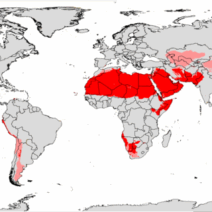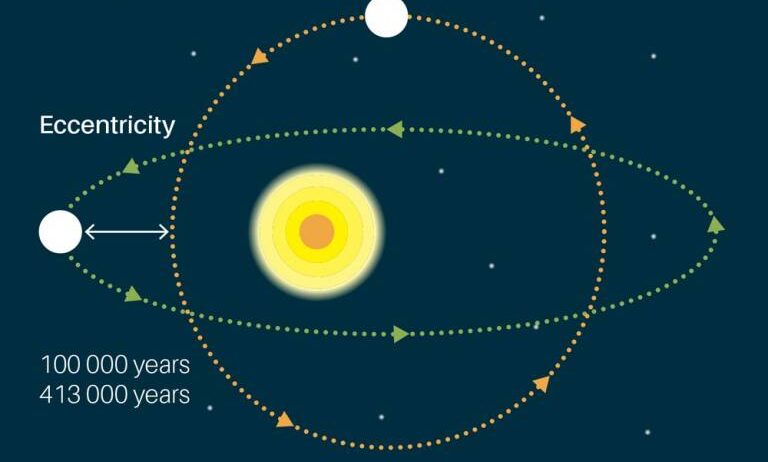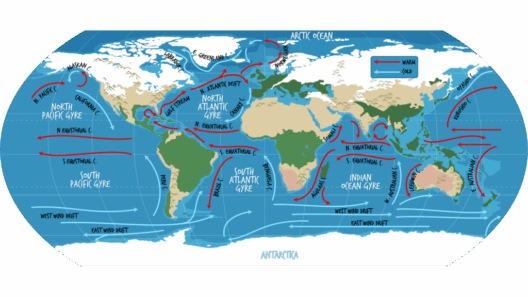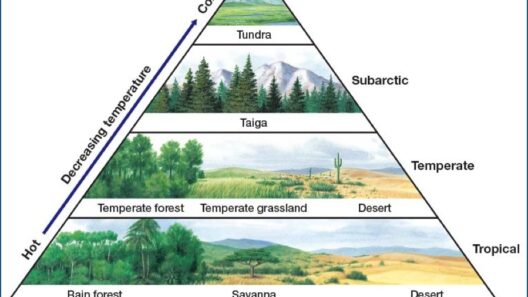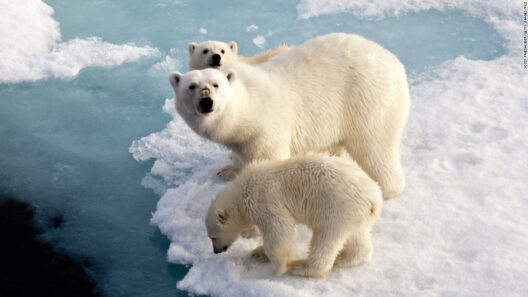The Earth’s climate is a complex system influenced by a myriad of factors, often more intricate than we can fully comprehend. One of the most intriguing elements that play a significant role in this system is the orbital mechanics of our planet. As we delve into the interaction between Earth’s orbit and climate patterns, we unravel a tapestry woven with celestial phenomena that can lead to profound implications for life on Earth.
To understand how changes in Earth’s orbit can have cascading effects on our climate, we must first explore the fundamental principles governing these variations. The Milankovitch cycles, elucidated by Serbian geophysicist Milutin Milankovitch, are comprised of three primary orbital phenomena: eccentricity, axial tilt, and precession. Each of these cycles, operating over different timescales, plays a pivotal role in determining the distribution of sunlight reaching the Earth’s surface.
Eccentricity describes the shape of Earth’s orbit around the Sun, which fluctuates from nearly circular to more elliptical every 100,000 years. This variation changes the distance between Earth and the Sun, thus influencing the total solar energy received. When the orbit is more elliptical, there are considerable differences in solar radiation between perihelion (the point of closest approach to the Sun) and aphelion (the farthest point). This disparity can alter climatic conditions significantly, potentially leading to colder or warmer epochs globally.
Axial tilt, or obliquity, refers to the angle at which the Earth tilts on its axis. This tilt varies between 22.1 and 24.5 degrees over a cycle that spans approximately 41,000 years. A greater tilt increases the temperature contrast between seasons, intensifying summer heat in the northern hemisphere, which can enhance the melting of ice sheets. Conversely, a lesser tilt may lead to cooler summers, allowing ice sheets to grow. This interplay can instigate glacial and interglacial periods, further modulating global climate and atmospheric composition.
The third aspect, precession, is the wobbling of Earth’s axis, akin to a spinning top. This axial precession occurs on a cycle of about 26,000 years and affects the timing of the seasons in relation to Earth’s proximity to the Sun. Consequently, this can exacerbate or mitigate climatic extremes, with profound effects on monsoon patterns and precipitation distributions. For instance, when northern hemisphere summer coincides with perihelion, enhanced solar intensity during that season can lead to significant ice cap melting and subsequent sea-level rise.
The cyclical nature of these astronomical phenomena underscores the intricate relationship between Earth’s orbit and its climate. As these orbital changes unfold, they can trigger feedback mechanisms within Earth’s climatic system. The melting of polar ice caps diminishes albedo—a measure of reflectivity—leading to increased absorption of solar energy and further warming. This positive feedback loop can intensify climatic changes, resulting in more pronounced global warming over time.
Yet, it is vital to contextualize these natural cycles within the framework of contemporary climate change, primarily driven by anthropogenic activities. While Milankovitch cycles operate over millennia, the rapid increase in greenhouse gas emissions has outpaced these natural cycles, causing unprecedented shifts in temperature and weather patterns in a mere century. The interplay between natural and anthropogenic influences is crucial in predicting future climatic conditions.
The consequences of altering orbital parameters extend beyond mere temperature fluctuations; they can engender significant ecological ramifications as well. For example, changes in climatic conditions influence species distributions, leading to shifts in biodiversity and habitat alterations. Some species may flourish under new climatic regimes, while others face extinction due to their inability to adapt. This biodiversity crisis is an essential aspect of the conversation surrounding climate change, highlighting the need for conservation efforts amidst changing environmental circumstances.
Understanding the nuances of these celestial mechanics can also illuminate the pathways toward carbon management and mitigation strategies. By gaining insights from paleoclimatology, scientists can better discern patterns and develop forecasts that incorporate the potential impacts of both natural cycles and human-induced changes. This knowledge is vital for crafting effective policies and strategies that address climate change holistically.
In conclusion, the intersection of Earth’s orbital variations and climate offers a fascinating yet complex perspective on the forces shaping our environment. By unraveling the intricacies of Milankovitch cycles, we can better appreciate the delicate balance of planetary forces at play. As we navigate the challenges posed by climate change, harnessing knowledge from the past emerges as a critical endeavor. Our ability to anticipate future climate scenarios hinges upon our understanding of these age-old processes intertwined with contemporary influences. The cosmos, in its grand tapestry of cycles and disruptions, continues to reveal profound truths about Earth’s climatic destiny. Recognizing this dynamic relationship engenders a call to action—not just to acknowledge the past, but to influence our future with informed, strategic interventions to safeguard our planet for generations to come.
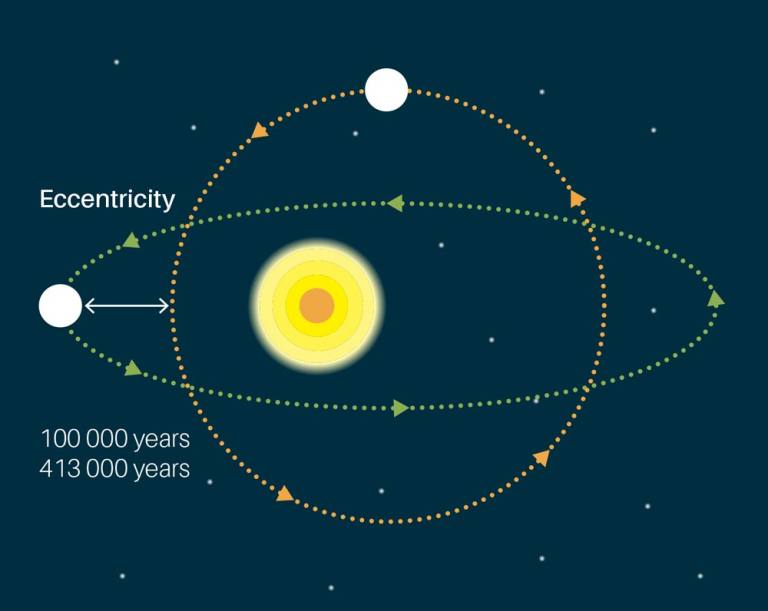
www.bgs.ac.uk
orbit bgs milankovitch earths ukri
